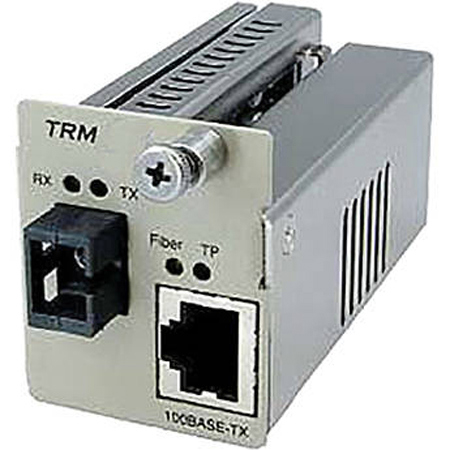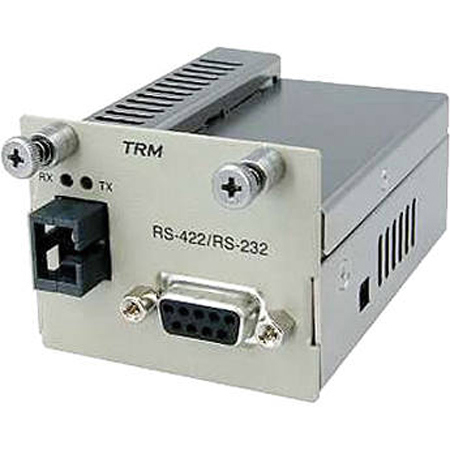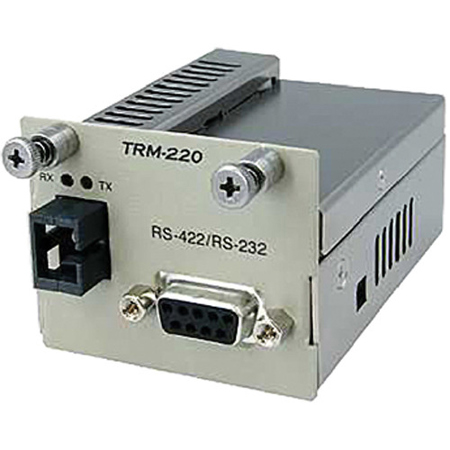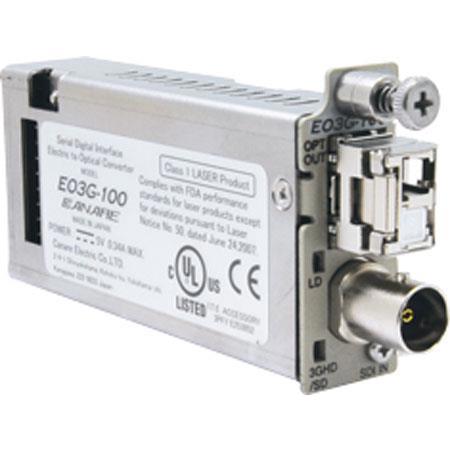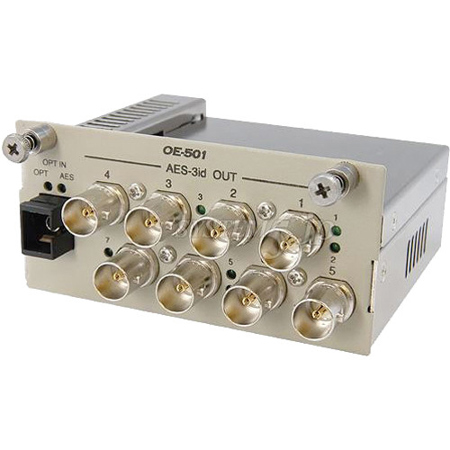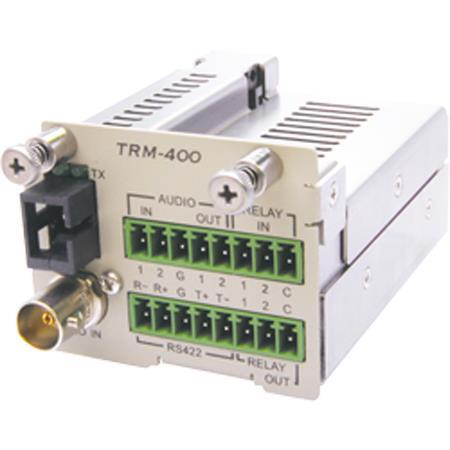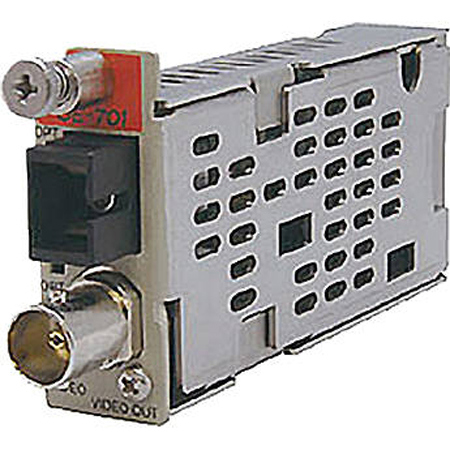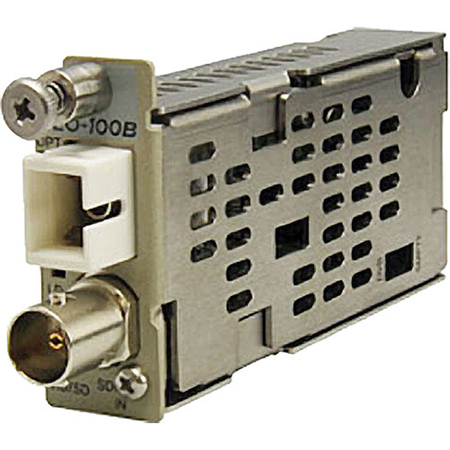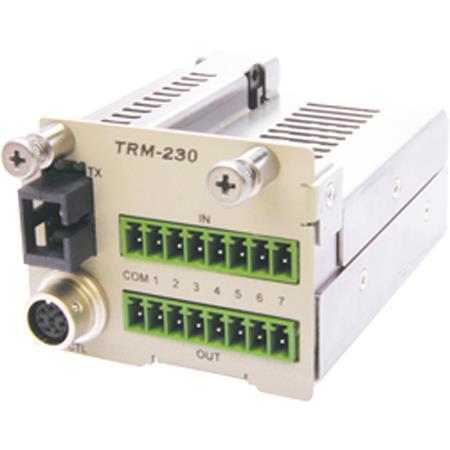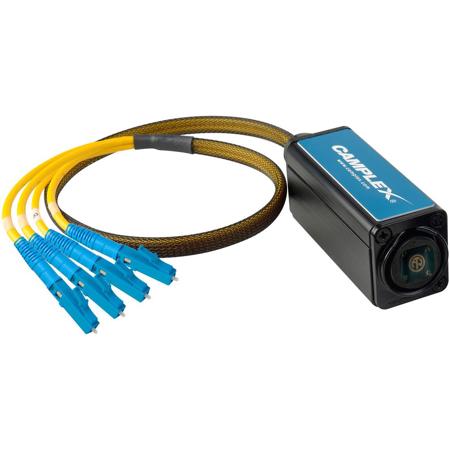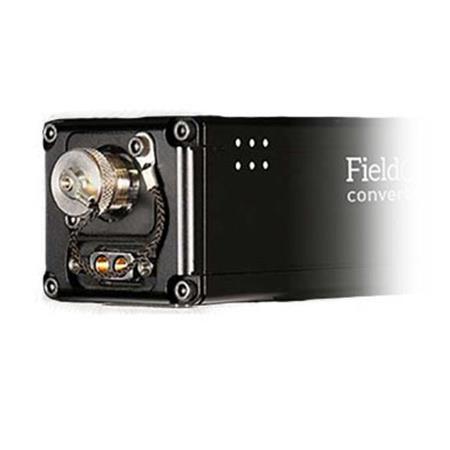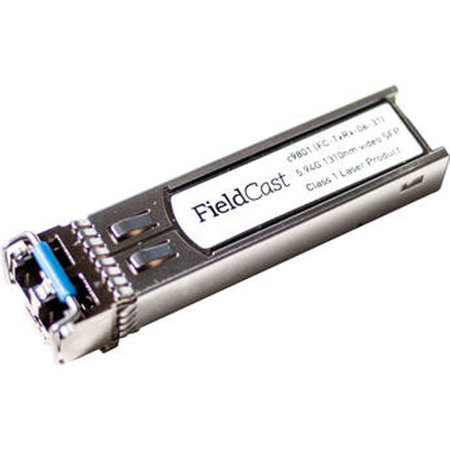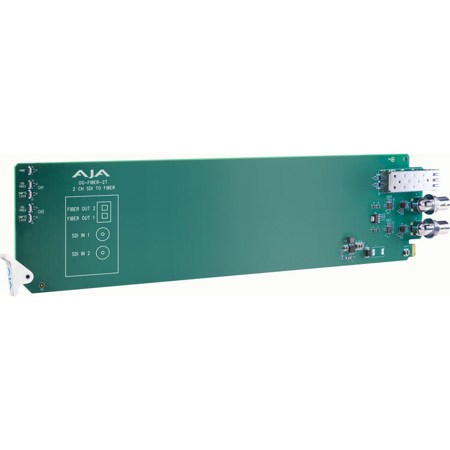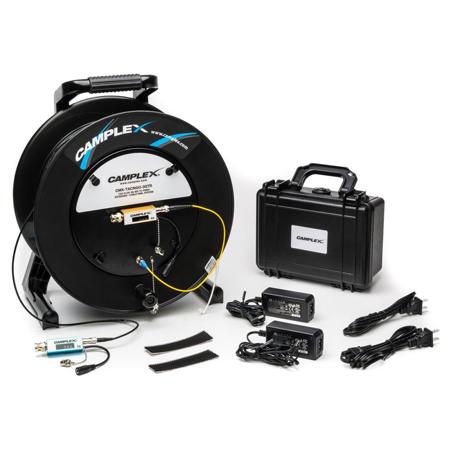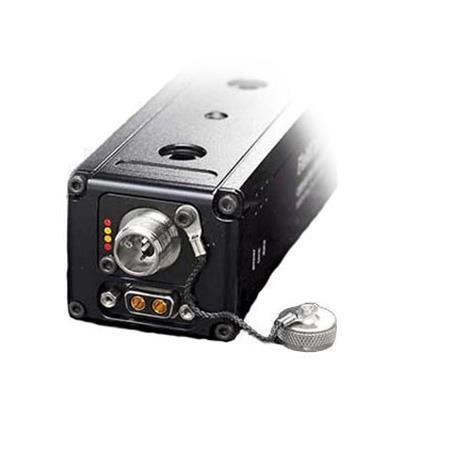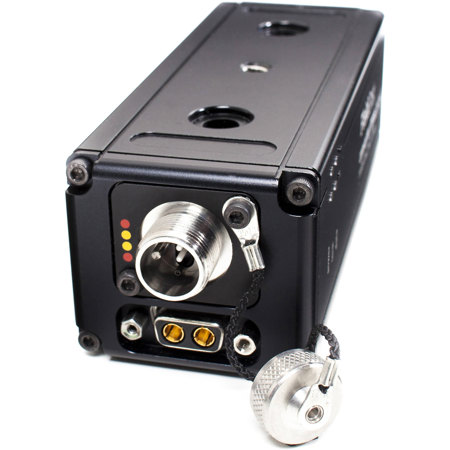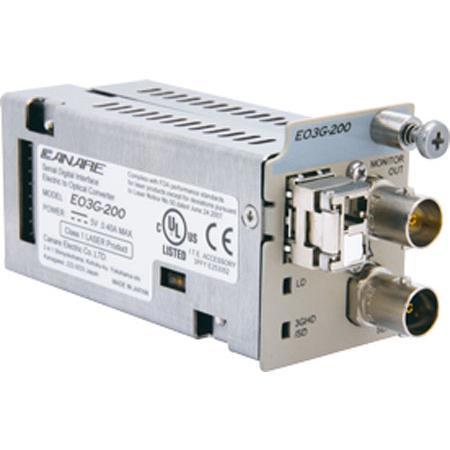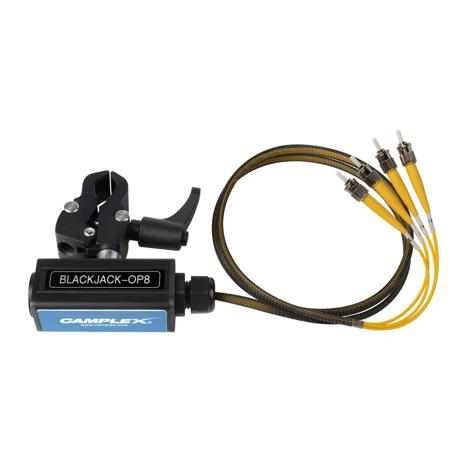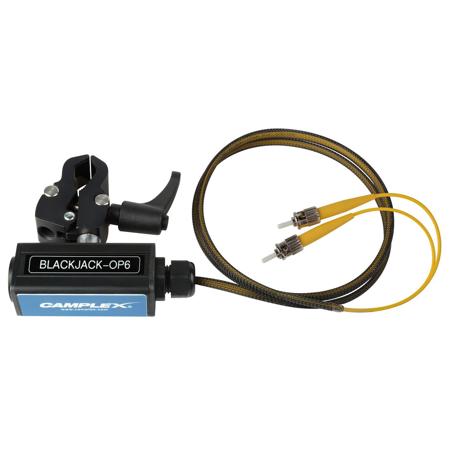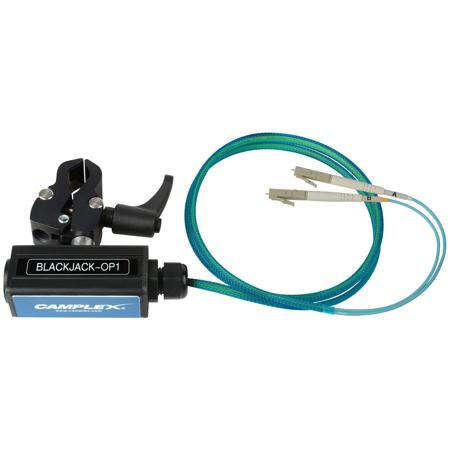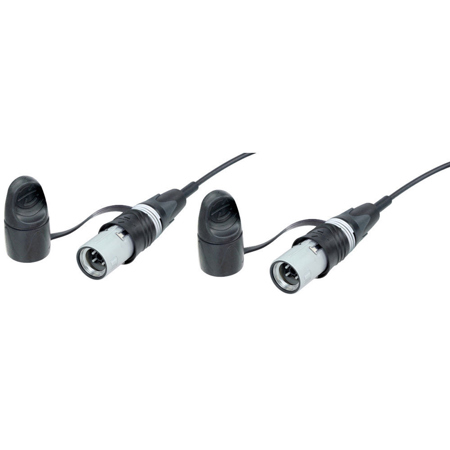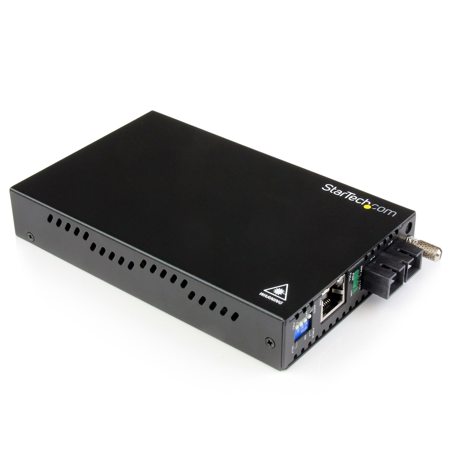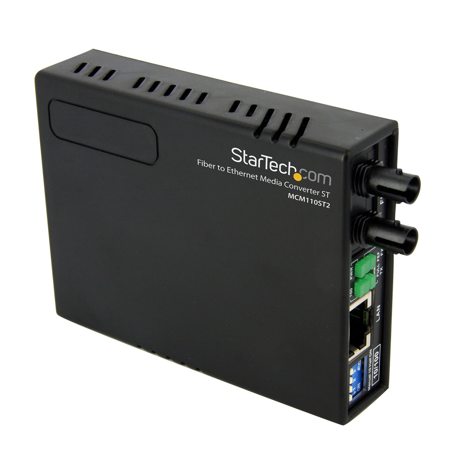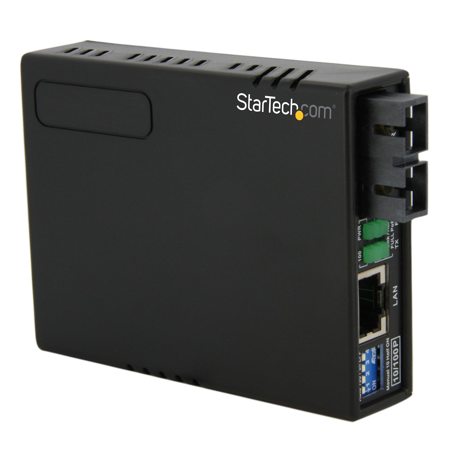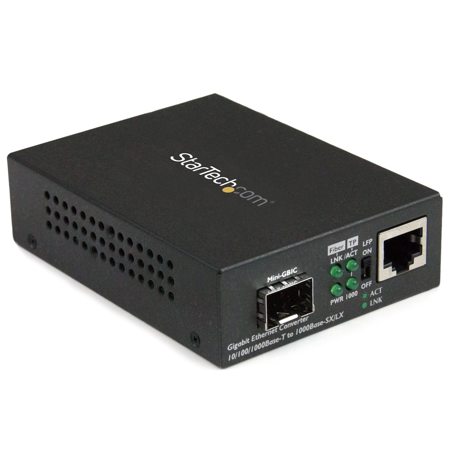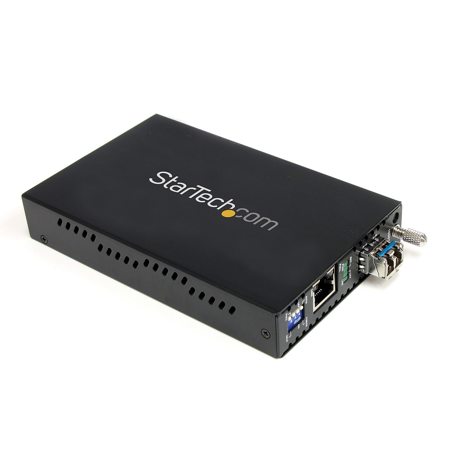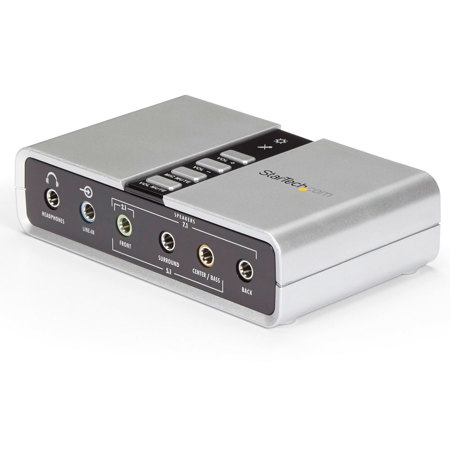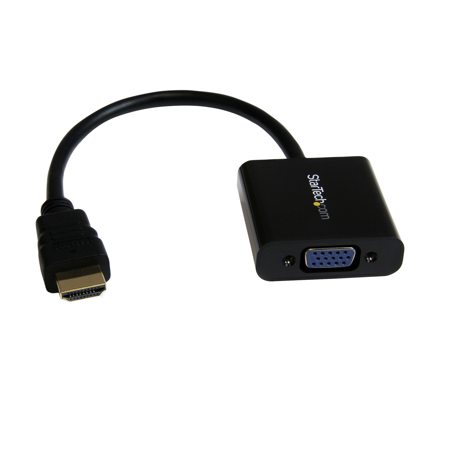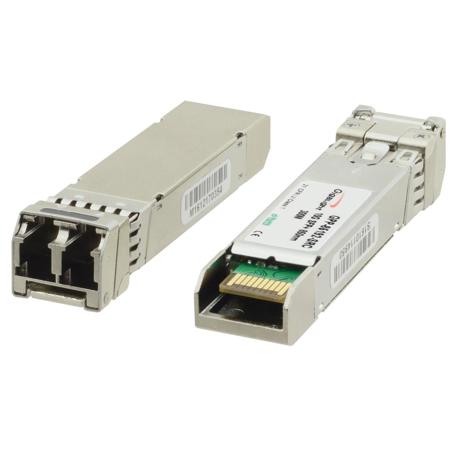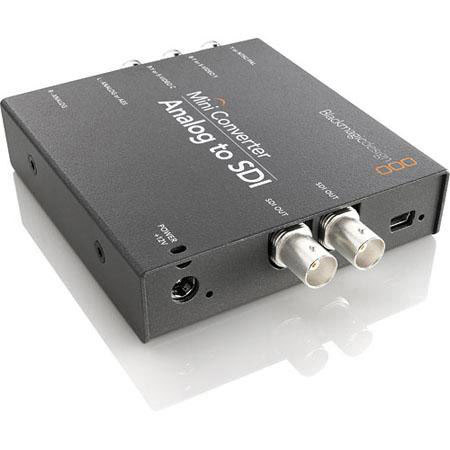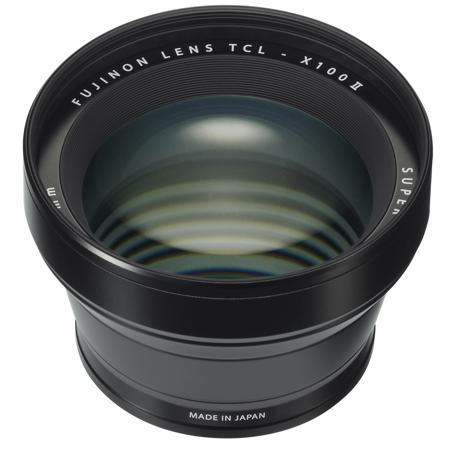Optical Converters
In the world of modern imaging, broadcast, and data transmission, optical converters play a critical role in ensuring seamless connectivity and uncompromising signal integrity. Whether you’re working in a professional video production studio, setting up a live event, or building a robust surveillance system, the ability to convert electrical signals to optical signals—and vice versa—is indispensable. Optical converters are designed to bridge the gap between traditional copper-based cabling and advanced fiber optic infrastructure, allowing for longer transmission distances, reduced electromagnetic interference, and higher bandwidth capabilities. As autumn ushers in a season filled with events, conferences, and creative projects, many professionals find themselves needing reliable solutions to manage complex signal routing across large venues or between remote locations. The crisp clarity of a well-transmitted video feed or the uninterrupted flow of data across a campus network often hinges on the quality and compatibility of the optical converter in use.
When choosing an optical converter, several factors come into play. The intended application—be it for broadcast, security, medical imaging, or educational environments—will influence whether you need a unidirectional or bidirectional converter, as well as the type of connectors and supported data rates. For instance, in live video production, an electrical to optical converter can transmit high-definition video signals over long distances without degradation, ensuring that the action on stage or at a sporting event is captured and delivered in real-time to control rooms or remote audiences. In corporate settings, these devices are invaluable for linking conference rooms or transmitting presentations across large office buildings. For home theater enthusiasts or AV integrators, optical converters can unlock new possibilities for distributing high-quality audio and video between rooms or across property lines, all while minimizing signal loss and interference. As the days grow shorter and indoor activities take center stage, upgrading your AV infrastructure with the right optical converter can make movie nights, gaming sessions, or virtual gatherings more immersive and reliable.
Optical converters also make thoughtful gifts for tech-savvy friends, broadcast professionals, or anyone passionate about audio-visual excellence. They’re especially appreciated by those who are upgrading their home studios, setting up new streaming rigs, or enhancing their security systems as the holiday season approaches. When selecting a converter, it’s important to consider compatibility with existing equipment, ease of installation, and future-proofing for upcoming technology standards. Many users appreciate compact designs that fit discreetly into crowded racks or behind entertainment centers, as well as models that offer plug-and-play simplicity for quick setup during busy event schedules. For those seeking a broader range of connectivity solutions, exploring the full selection of Video Signal Converters can provide additional options tailored to specific needs, from HDMI and SDI conversions to more specialized formats. Ultimately, investing in a high-quality optical converter is about more than just extending cable runs—it’s about ensuring every frame, note, and packet arrives exactly as intended, no matter the distance or environment.
When choosing an optical converter, several factors come into play. The intended application—be it for broadcast, security, medical imaging, or educational environments—will influence whether you need a unidirectional or bidirectional converter, as well as the type of connectors and supported data rates. For instance, in live video production, an electrical to optical converter can transmit high-definition video signals over long distances without degradation, ensuring that the action on stage or at a sporting event is captured and delivered in real-time to control rooms or remote audiences. In corporate settings, these devices are invaluable for linking conference rooms or transmitting presentations across large office buildings. For home theater enthusiasts or AV integrators, optical converters can unlock new possibilities for distributing high-quality audio and video between rooms or across property lines, all while minimizing signal loss and interference. As the days grow shorter and indoor activities take center stage, upgrading your AV infrastructure with the right optical converter can make movie nights, gaming sessions, or virtual gatherings more immersive and reliable.
Optical converters also make thoughtful gifts for tech-savvy friends, broadcast professionals, or anyone passionate about audio-visual excellence. They’re especially appreciated by those who are upgrading their home studios, setting up new streaming rigs, or enhancing their security systems as the holiday season approaches. When selecting a converter, it’s important to consider compatibility with existing equipment, ease of installation, and future-proofing for upcoming technology standards. Many users appreciate compact designs that fit discreetly into crowded racks or behind entertainment centers, as well as models that offer plug-and-play simplicity for quick setup during busy event schedules. For those seeking a broader range of connectivity solutions, exploring the full selection of Video Signal Converters can provide additional options tailored to specific needs, from HDMI and SDI conversions to more specialized formats. Ultimately, investing in a high-quality optical converter is about more than just extending cable runs—it’s about ensuring every frame, note, and packet arrives exactly as intended, no matter the distance or environment.
